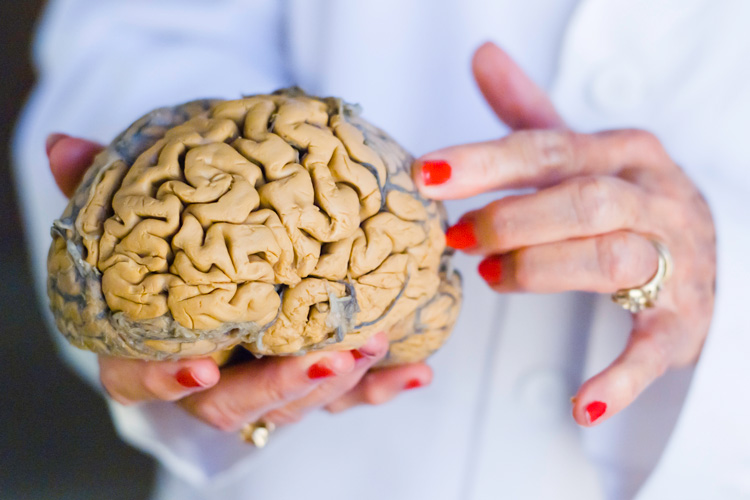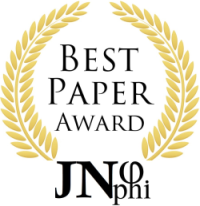In Search of the Ultimate Model
Abstract
In recent years, researchers from a variety of scientific disciplines have begun to notice surprising similarity between the network and topological features of the human brain, or brain-like systems in general, and the picture of the universe emerging out of theoretical physics. In this paper, I discuss some of these recent developments and suggest ways to further investigate structural and dynamical similarities between the human brain and universe. I discuss the impact that a close correspondence between these two systems would have on research in the fields of neuroscience and theoretical physics, and I discuss what type of fundamental underlying processes could have given rise to such a relationship between the brain and universe. Given the high demand in fields like theoretical physics for a system capable of modeling the universe, I suggest a systematic comparison of the ideas emerging out of physics concerning the fundamental nature of the universe, and the ideas emerging out of neuroscience concerning the fundamental nature of the brain and mind.
Keywords:
philosophy of science, metaphysics, neuroscience, physics, artificial intelligence, complexity, self-similarityDownloads
Metrics
References
Ananthaswamy A. The geometry that could reveal the true nature of space-time. New Scientist 2017; July 26 (3136).
Bennett K. The Chaos Theory of Evolution. New Scientist 2010; October 16 (2782). https://www.newscientist.com/article/mg20827821-000-the-chaos-theory-of-evolution/
Brooks M. The limits of knowledge: Things we'll never understand. New Scientist 2011; May 4 (2811).
Çambel AB. Applied Chaos Theory: A Paradigm for Complexity. San Diego: Academic Press; 1993, pp175-176.
Chaisson EJ. Energy Rate Density as a Complexity Metric and Evolutionary Driver. Complexity 2010; 27-40.
Downloads
Published
How to Cite
Issue
Section
Categories
License
Copyright (c) 2022 Melvin Felton

This work is licensed under a Creative Commons Attribution-NonCommercial-ShareAlike 4.0 International License.
Authors continue to hold copyright with no restrictions.














